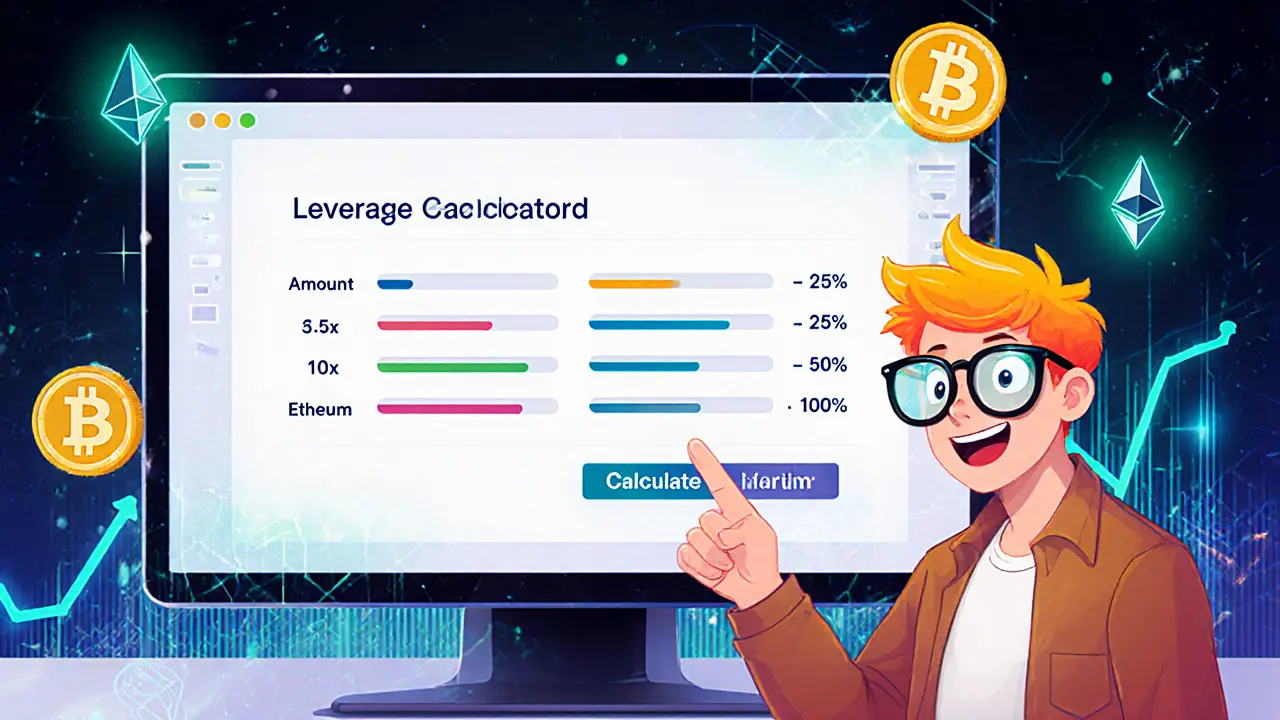When diving into Margin Trading, a method that lets traders borrow funds to increase their market exposure. Also known as leveraged trading, it lets you amplify potential gains—and losses—by using borrowed capital. At the same time, Cryptocurrency Exchange, a platform where digital assets are bought, sold, or traded provides the infrastructure that makes margin positions possible. To pull it off you need Leverage, the ratio of borrowed funds to your own capital, commonly expressed as 2x, 5x, or even 20x, and a solid Risk Management, a set of tools and practices that limit losses, such as stop‑loss orders and position sizing. This combination—margin trading, exchange, leverage, risk management—forms the backbone of any serious trader’s toolbox.
First, margin trading encompasses Leverage. The higher the leverage, the bigger the exposure to price moves, which means the profit envelope expands, but so does the risk of a margin call. That’s why Risk Management is not optional—it’s a requirement. Traders set stop‑loss levels, adjust position sizes, and monitor liquidation thresholds to keep losses within acceptable limits.
Second, Cryptocurrency Exchange enables margin trading by offering borrowing pools, interest rates, and real‑time collateral tracking. The exchange’s fee structure and available assets influence which pairs are suitable for leverage. For example, a DEX with low fees but shallow liquidity might increase slippage, while a centralized platform can provide tighter spreads but impose stricter KYC rules.
Third, the concept of Liquidation, the forced closure of a leveraged position when collateral falls below a safety margin ties everything together. When the market moves sharply against a trader, the exchange automatically sells the collateral to protect the borrowed funds. Understanding liquidation mechanics helps you choose the right leverage level and set adequate margin buffers.
These entities form a clear chain: Cryptocurrency exchanges enable margin trading; margin trading requires leverage; leverage demands risk management; risk management prevents unwanted liquidation. Recognizing this chain lets you evaluate any new platform or strategy with a checklist rather than a guess.
Beyond the core trio, several related concepts appear across the articles on our site. Yield Farming, earning rewards by providing liquidity to DeFi protocols can be a source of extra capital to fund margin positions, but it also adds exposure to smart‑contract risk. Smart Contracts, self‑executing code that governs DeFi interactions underpin many decentralized margin platforms, making their security a critical factor. Finally, Regulation, government rules that shape how exchanges operate and who can trade determines whether you can access margin products in your jurisdiction and what documentation you’ll need.
Putting these pieces together gives you a practical framework. When you encounter a new exchange, ask: Does it support margin trading? What leverage options are offered? How does it calculate liquidation? What fees and interest rates apply? Does it rely on secure smart contracts? Is it compliant with local regulations? Answering these questions lets you move from curiosity to confident action.
Below you’ll find a curated list of articles that dive deeper into each of these areas—exchange reviews, fee analyses, regulatory overviews, and step‑by‑step guides for managing leveraged positions. Use them to sharpen your strategy, avoid common pitfalls, and make margin trading a disciplined part of your crypto toolkit.

A clear, practical guide to cryptocurrency leverage, breaking down 10x, 50x and 100x ratios, risks, math, risk management, platform choices and real‑world examples.